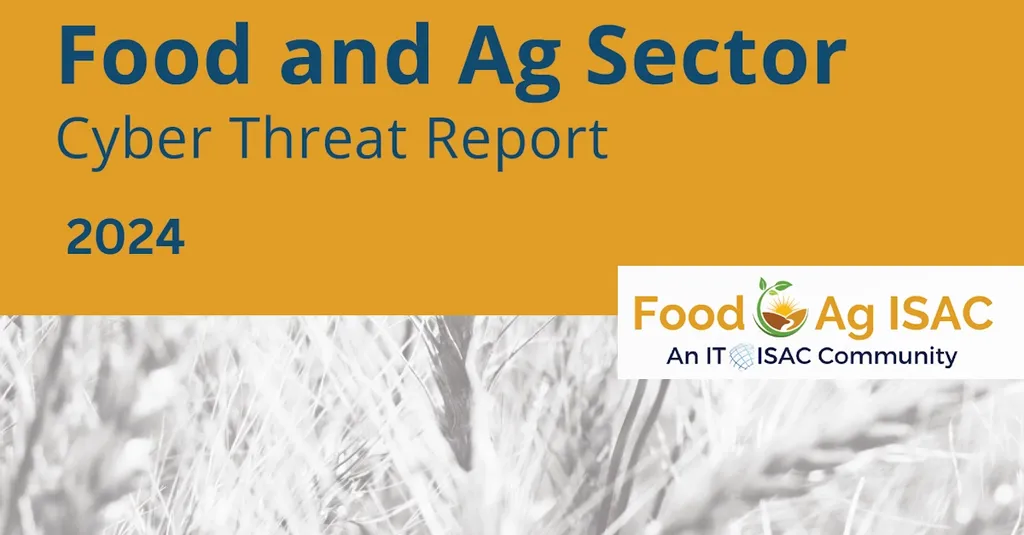In the rapidly evolving landscape of food and agriculture, technology has become both a boon and a bane. While emerging technologies promise increased efficiency and productivity, they also expose the sector to heightened cybersecurity risks. A recent study published in the *Journal of Agriculture and Food Research* sheds light on the growing frequency of cybersecurity incidents in the food and agriculture (FA) sector, highlighting the urgent need for robust security measures.
Led by Ajay Kulkarni from the Commonwealth Cyber Initiative at Virginia Tech, the research reviewed thirty cybersecurity incidents that occurred between July 2011 and April 2023. These incidents were sourced from various platforms, including private industry notifications, FBI flash alerts, internal reports from affected organizations, and media sources. The study provides a detailed account of each incident, including the nature of the security threat, the ransom amounts demanded, and the impact on the organizations involved.
“The increasing utilization of emerging technologies in the FA sector has heightened the need for security to minimize cyber risks,” Kulkarni explained. “Our review reveals a disturbing trend of increased frequency of cybersecurity threats, which can have cascading effects on critical infrastructures, food security, and the economy.”
The study underscores the commercial impacts of these cybersecurity breaches, which can be devastating for businesses in the energy sector that rely on the FA sector for raw materials and supply chain integrity. For instance, a ransomware attack on a major food processing plant could disrupt operations, leading to significant financial losses and potential shortages in the food supply chain. This, in turn, can affect energy companies that depend on stable supply chains for their operations.
To mitigate these risks, the research discusses popular cybersecurity frameworks and recent agriculture-specific cybersecurity solutions. One of the key recommendations is the adoption of the Farmer-Centered AI (FCAI) framework, which aims to support farmers in decision-making for agricultural production by incorporating AI assurance. This framework could revolutionize the way farmers manage their operations, making them more resilient to cyber threats.
“The FCAI framework is designed to empower farmers with AI-driven tools that enhance their decision-making capabilities,” Kulkarni noted. “By integrating AI assurance, we can ensure that these tools are reliable and secure, thereby minimizing the risk of cyber incidents.”
The study also highlights the need for further research and development in the field of AI assurance to address the unique challenges faced by the FA sector. It calls for collaboration between industry stakeholders, government agencies, and academic institutions to develop comprehensive cybersecurity strategies that can safeguard the sector from evolving threats.
As the FA sector continues to embrace digital transformation, the findings of this research serve as a wake-up call for stakeholders to prioritize cybersecurity. By adopting robust security frameworks and leveraging AI-driven solutions, the sector can mitigate risks and ensure the stability of critical infrastructures, food security, and the economy.
For those interested in delving deeper into the findings, the study is available in the *Journal of Agriculture and Food Research*, which translates to the *Journal of Agriculture and Food Research* in English. This research not only provides a comprehensive overview of the current cybersecurity landscape in the FA sector but also offers valuable insights into the future of AI assurance and its potential to transform agricultural practices.

